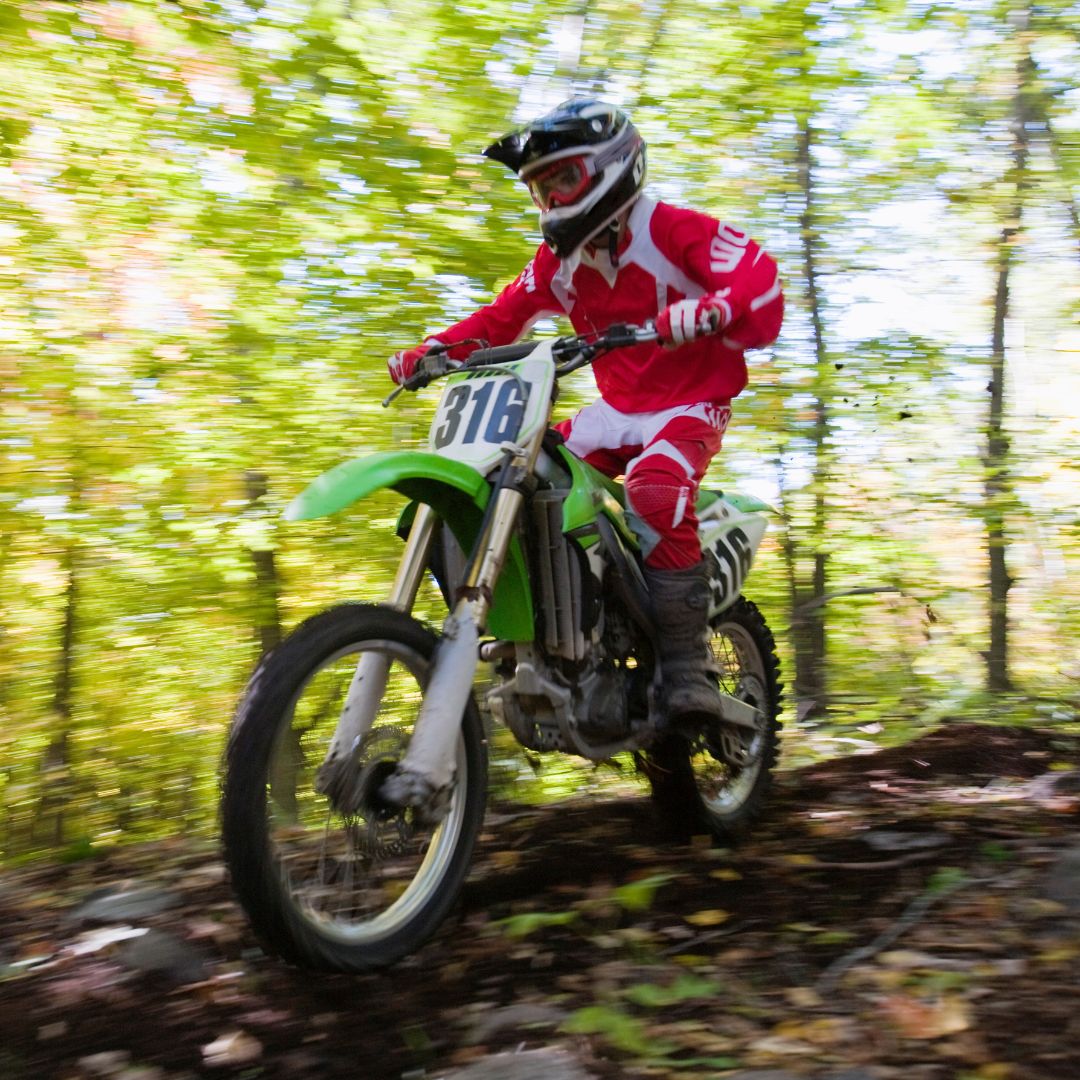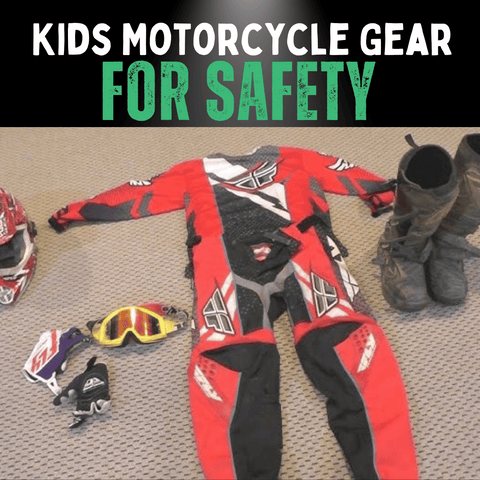
Updated: 25.4.25
If you’re on the hunt for the perfect dirt bike for your young rider, you know how crucial it is to pick the right engine size.
It’s not just about speed or excitement; it’s about safety, control, and matching the bike to your child’s age and skill level.
Whether you're introducing your little one to the world of dirt biking or helping an experienced young rider transition to the next level, this guide is for you.
Whether you’re searching for a kids dirt bike or trying to understand engine sizing for a beginner motorcycle, this guide will help you make the right choice.
1. Motorcycle Engine Sizes Explained for Young Riders
Basics of Engine Sizes
Motorcycle engine sizes, measured in cubic centimeters (cc), reflect a bike’s power and performance. Young riders often start with lightweight 50cc bikes, then move up to 70cc, 85cc, 110cc, and 125cc models.
Looking for a good engine size for beginner motorcycle riders? 50cc to 70cc bikes are ideal starting points for younger or first-time riders.
The bigger the number, the more powerful the bike—but more power isn’t always better, especially for beginners.
Engine Size vs. Rider Age and Experience
Choosing the right engine size is like picking shoes—it needs to fit perfectly. Kids aged 3–6 usually do well with 50cc bikes, which are easier to manage and less intimidating. As they grow and build confidence, sizing up makes sense.
2. Choosing the Right Engine Size
Physical Fit and Comfort
A bike that fits well boosts control and confidence. Your child should be able to touch the ground with both feet while seated, ensuring security and balance.
Safety Gear and Precautions
Before revving the engine, invest in proper helmets, gloves, boots, and protective clothing that fit correctly and meet safety standards.
Maintenance and Care
Different engine sizes can have different maintenance needs. Regular upkeep not only keeps your dirt bike in great shape but also keeps your child safe. Understanding when to begin engine sizing up is a key part of responsible ownership.
3. Beyond Engine Size: Other Considerations
Power, Speed, and Handling
Smaller engines offer smoother, more manageable acceleration—ideal for beginners. Matching power to your child’s skill keeps rides safe and fun.
Types of Bikes for Different Skill Levels
From first bikes with training wheels to advanced models, there’s a dirt bike for kids of every stage. Upgrade gradually to help young riders develop skills and confidence safely.
4. Conclusion
Choosing the right bike engine size balances power, safety, skill level, and fit. Consider these factors when selecting the best dirt bike for your young rider.
Encourage a love of adventure, skill-building, and confidence with every ride!
Frequently Asked Questions
What cc dirt bike is good for a 10-year-old?
For most 10-year-olds, a 70cc to 90cc dirt bike offers a good balance of control and excitement. These bikes are ideal for intermediate riders looking to size up from a 50cc model.
What is a good engine size for a 12-year-old beginner?
Many 12-year-old beginners feel confident on bikes between 90cc and 110cc. However, starting with a 70cc model is also a solid choice if they’re new to riding.
What is engine sizing up and when should I do it?
Engine sizing up means upgrading to a larger bike engine as your child grows in size and skill. It’s time to move up when the current bike feels too small or underpowered.
Should my child start with an electric or petrol dirt bike?
Electric bikes are quiet and simple, perfect for new riders. Petrol bikes offer a traditional experience and more ride time. Pick based on skill, maintenance preferences, and environment.
What is the best dirt bike for kids?
The best dirt bike for kids depends on their age, size, and experience level. A 50cc bike is ideal for starters, while more experienced riders may enjoy 90cc–125cc models.
Get in Touch 🚀
Loved our guide on choosing the right engine size for young riders? Explore more at RiiRoo.com or chat with our team via Live Chat!








Share:
What Is The Difference Between Front, Back And All Wheel Suspension In Ride On Cars?
Here's Why Go Karts Handle So Well